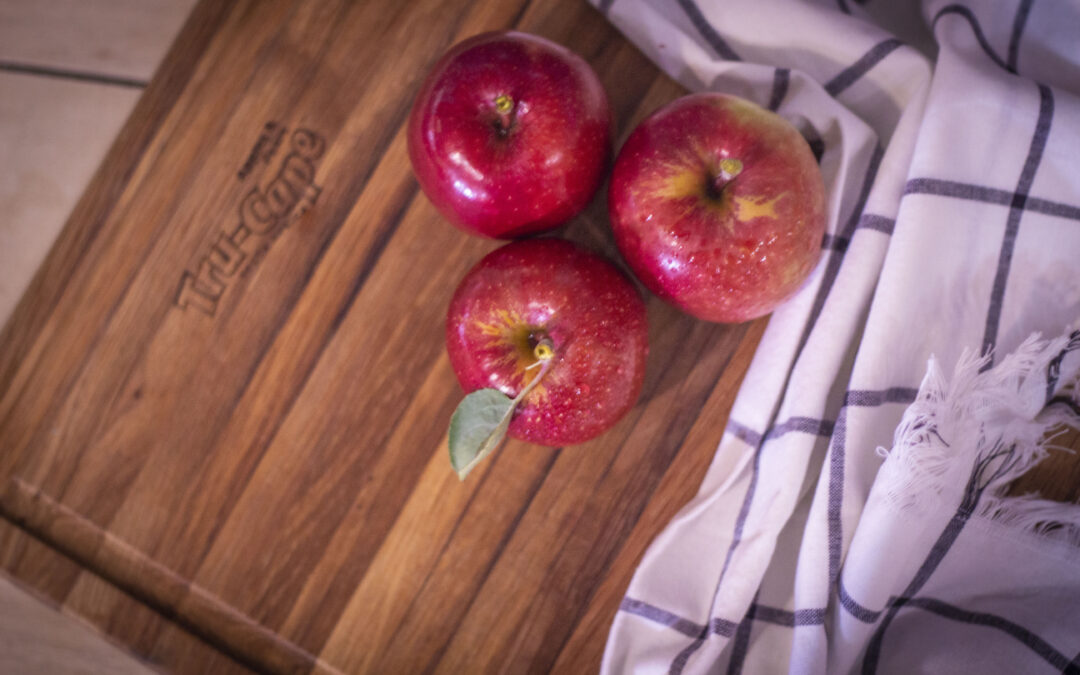Lenticel breakdown is a common postharvest disorder in apples that significantly affects fruit quality, leading to reduced marketability and economic losses. This disorder manifests as darkened pits around the lenticels, small pores on the apple’s skin responsible for gas exchange.
While the symptoms are not visible at harvest, they become apparent after storage, making it critical for apple producers to manage the conditions that contribute to their development.
At the recent Hortgro post-harvest symposium, Dr Carolina A. Torres, an associate professor in the department of horticulture at Washington State University, spoke to producers about her research on lenticel breakdown (LB). Dr Torres has researched and shared valuable insights on the factors that influence lenticel breakdown in apples. Her work focuses on identifying pre- and postharvest conditions that lead to this disorder, providing practical strategies for producers to reduce its occurrence.
Pre-harvest factors
Several pre-harvest factors can predispose apples to lenticel breakdown:
- Environmental stress: High temperatures, particularly during fruit development, can cause microcracks in the apple’s skin, especially when day and night temperature fluctuations exceed 10 °C. These stress factors weaken the fruit’s cuticle, making it more vulnerable to lenticel breakdown.
- Fruit maturity: Apples harvested too early or too late in their development stage are more susceptible to lenticel breakdown. Overripe fruit often shows a higher incidence of LB, highlighting the importance of careful harvest timing.
- Mineral imbalances: A lack of essential minerals, particularly calcium, can weaken the skin of the apple. Proper nutrient management is key to maintaining skin integrity and minimising the risk of LB.
Post-harvest factors
While pre-harvest conditions set the stage, postharvest handling and storage conditions play a major role in the development of lenticel breakdown:
- Storage duration and conditions: Prolonged storage, especially under improper temperature or humidity conditions, can worsen lenticel breakdown. Keeping apples in an environment with controlled temperature and humidity is crucial to prevent LB.
- Packing and handling: Rough handling and pressure during packing can cause mechanical damage to the fruit, making it more prone to lenticel breakdown. Gentle packing and careful handling should be a priority to reduce the occurrence of this disorder.
- Calcium treatments: While calcium applications are used to improve fruit firmness, excessive use can actually promote lenticel breakdown. Producers should calibrate calcium treatments to optimise fruit quality and minimise the risk of LB.
Strategies to prevent breakdown
South African apple producers can adopt several practical strategies to manage and reduce lenticel breakdown:
- Pre-harvest management: Managing irrigation practices to alleviate stress during hot periods and ensuring balanced nutrient levels can improve fruit skin resilience. Regular monitoring of these factors is essential to maintain fruit quality.
- Harvest timing: Ensuring that apples are harvested at the correct maturity stage is one of the most effective ways to prevent lenticel breakdown. Harvesting apples at their peak quality prevents overripe fruit and maintains the structural integrity of the skin.
- Postharvest care: Gentle handling during packing, controlled storage conditions, and careful calibration of calcium treatments can significantly reduce the occurrence of lenticel breakdown. Producers should focus on minimising mechanical damage and maintaining an optimal storage environment.
Lenticel breakdown is a challenging disorder that can affect apple quality and marketability, but with the right management strategies, it is possible to reduce its impact. By understanding both pre- and postharvest factors, South African apple producers can take proactive steps to minimise the occurrence of LB, improve fruit quality, and enhance their marketability.
Dr Torres’ research provides valuable insights that can help producers around the world, including South Africa, optimise their practices and ensure that apples are harvested and handled in ways that preserve their quality and market value.

